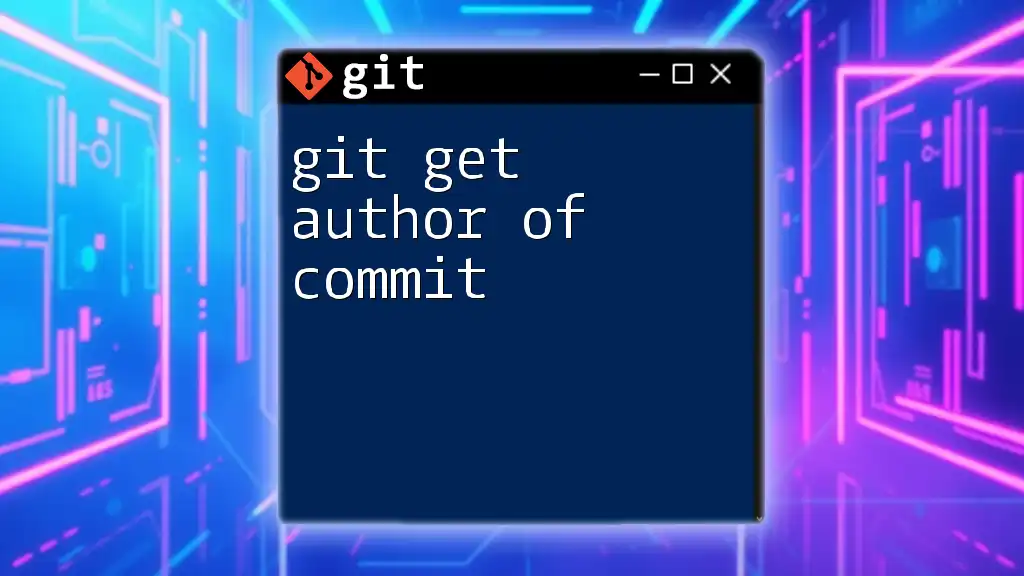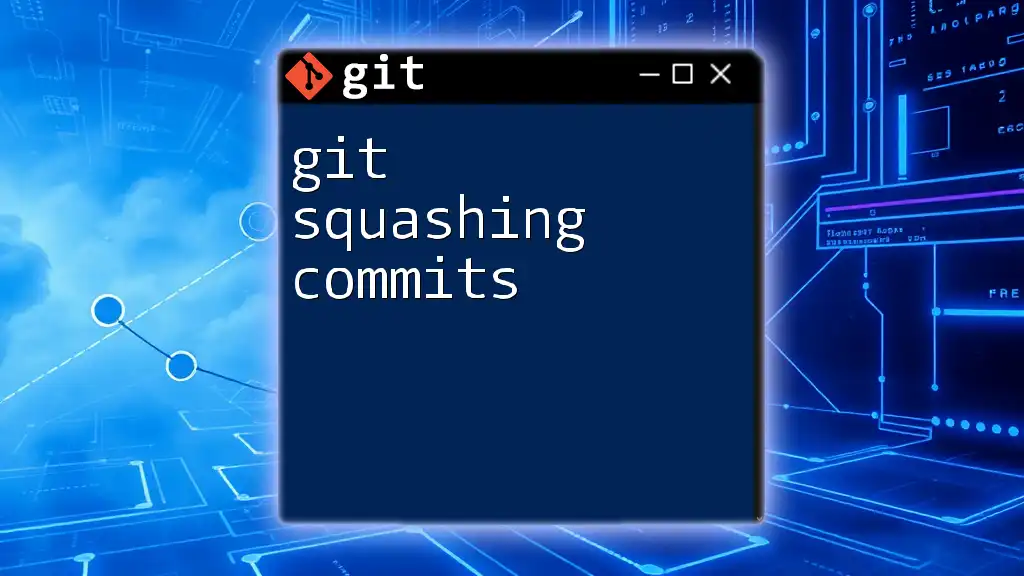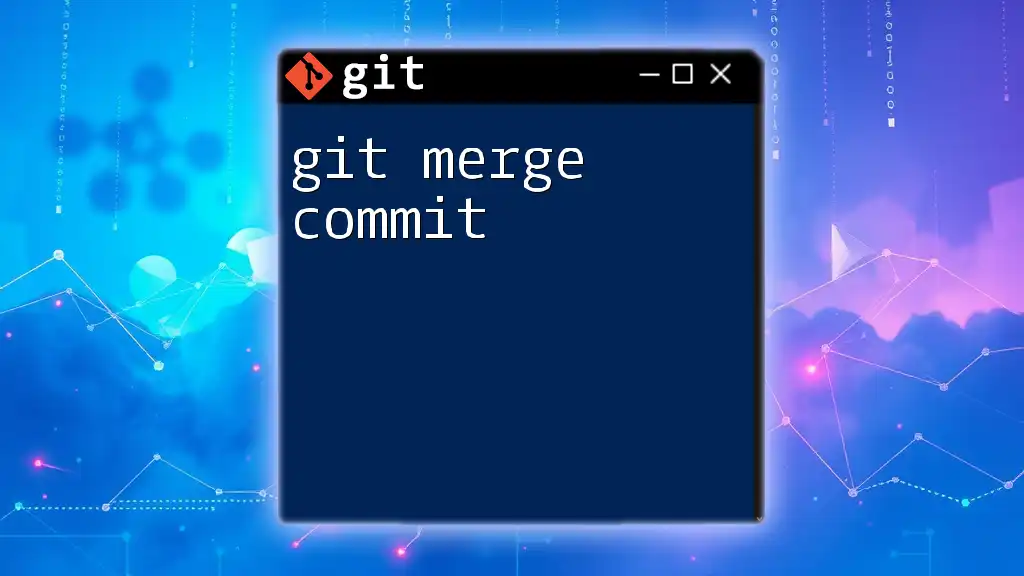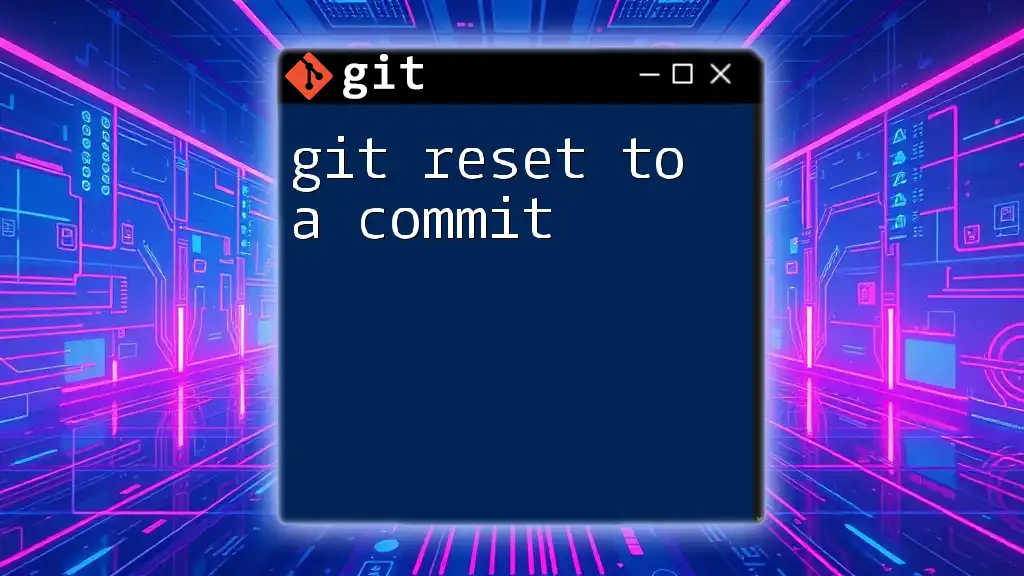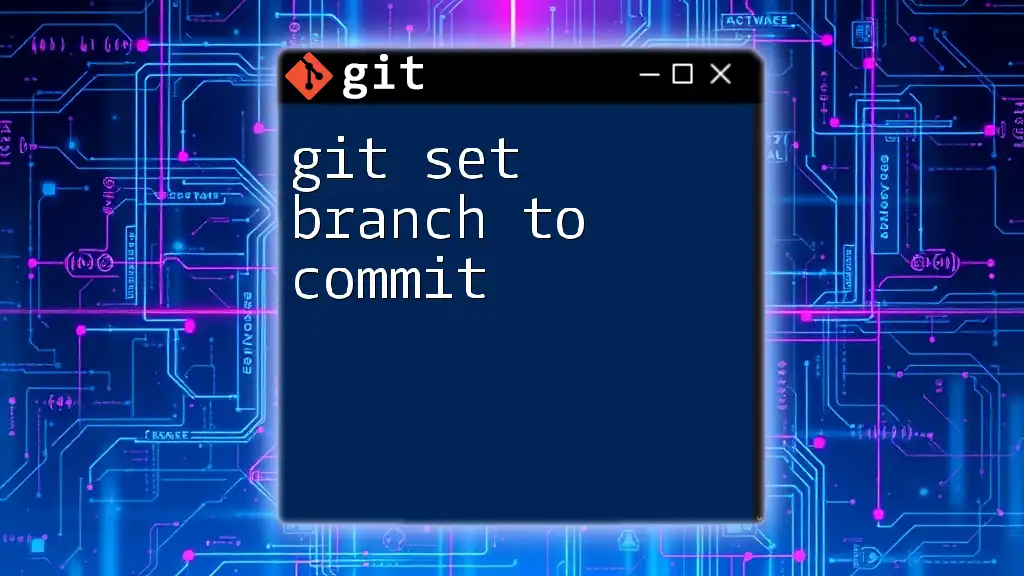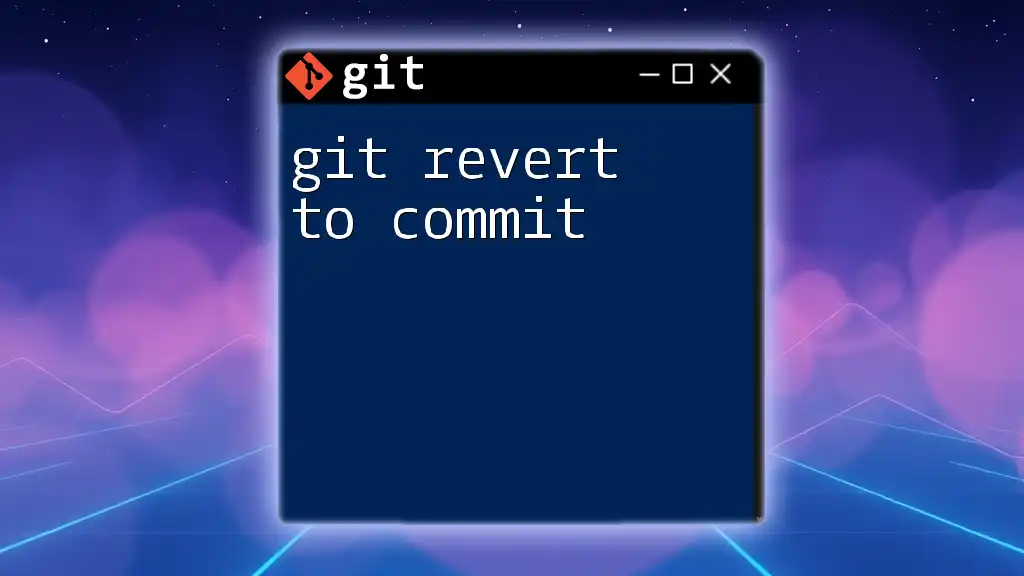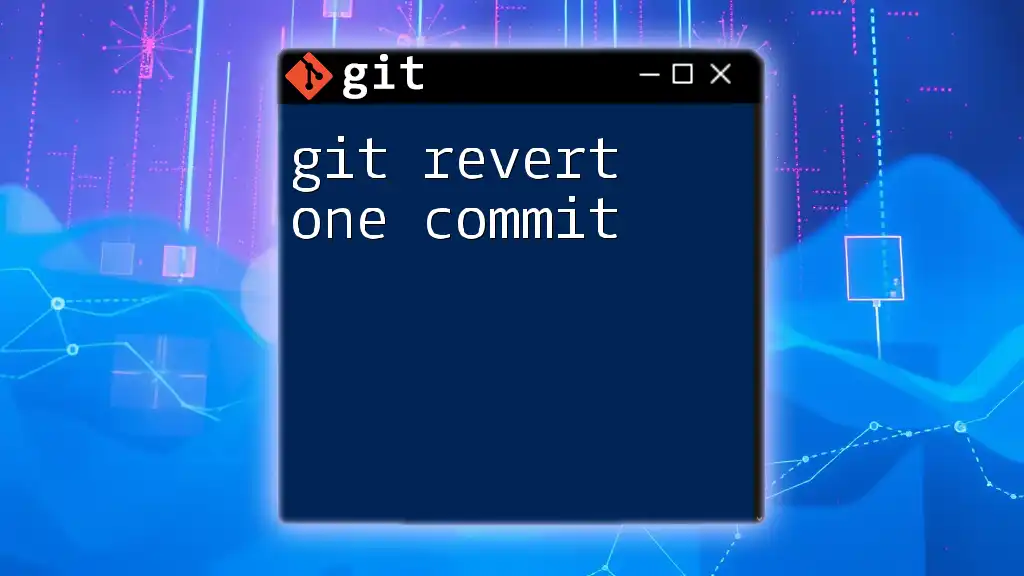To retrieve the author of a specific commit in Git, you can use the following command:
git show -s --format='%an' <commit-hash>
Replace `<commit-hash>` with the actual hash of the commit you want to inspect.
Understanding Git Commits
What is a Git Commit?
In the world of Git, a commit represents a snapshot of your project's file changes at a specific point in time. Each commit is like a checkpoint, allowing developers to revisit previous versions of their project. Understanding commits is essential for effective collaboration, versioning, and maintaining a clean project history.
The Role of Commit Author
Every commit is tied to an author, which is usually the person who made the changes. The author's information is crucial for accountability and clarity, especially in team environments. Knowing who made which changes can help when troubleshooting or understanding the history of a project.

How to Get the Author of a Commit in Git
Using the Git Log Command
To observe commit history, the `git log` command is your best ally. This command displays a list of commits in reverse chronological order, allowing you to see the most recent changes first.
To get started, enter:
git log
When you run this command, Git provides an output that includes the commit hash, author name, date, and commit message. This information gives you a clear view of each commit's details, including the author—the line you should focus on for retrieving commit authors.
Customized Git Log Output
Sometimes you may not need all the details, especially in larger projects. Fortunately, Git allows you to format the output using the `--pretty` option to show only the relevant information.
For example, to view the commit hash, author name, relative date, and commit message, you can use:
git log --pretty=format:"%h - %an, %ar : %s"
In this command:
- `%h` gives the shortened commit hash,
- `%an` outputs the author name,
- `%ar` provides the relative date, and
- `%s` displays the commit message.
This customized format makes it easy to extract author information quickly.
Finding the Author of a Specific Commit
If you need to find the author of a specific commit, the `git show` command comes in handy. This command displays detailed information about a commit, including the author.
You can execute it using:
git show <commit-hash>
This command provides extensive details about the commit, including file changes and the author's information. Inspecting this output gives you a straightforward way to correlate specific changes with their authors.

Viewing Author Information with Git Blame
What is Git Blame?
The `git blame` command serves a unique function in Git — it shows who last modified each line of a file. It's particularly useful for tracking changes and understanding which author contributed to specific lines of code.
Using Git Blame to Find Authors
To see line-by-line attribution, you can execute:
git blame <file>
This command generates an output that displays the commit hash and author for each line in the specified file. For example, if you run:
git blame example.py
The output correlates each line in `example.py` with its last modification information, allowing you to quickly identify who wrote or altered a specific section of code.
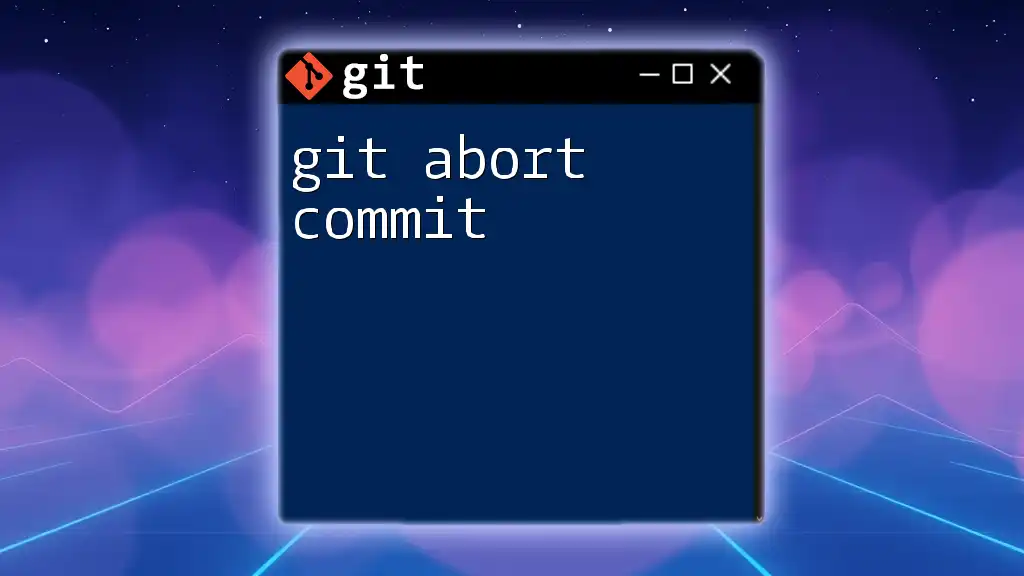
Additional Commands to Retrieve Commit Author Information
Using `git rev-list`
The `git rev-list` command is another powerful tool for examining commit history with a focus on authors. This command allows you to filter commits based on the author’s name.
You can run:
git rev-list --all --author='<author-name>'
Replace `<author-name>` with the name of the author you are interested in. This command generates a list of commit hashes that were authored by the specified individual, enabling you to see all their contributions without sifting through irrelevant data.
Searching Commit History with `git log`
Additionally, Git provides the capability to search through commit messages and authors directly. For targeted searches, use the `--author` flag as follows:
git log --author="Author Name"
This command filters the commit history, displaying only the commits made by the specified author. It’s an effective way to quickly locate contributions tied to a specific team member.
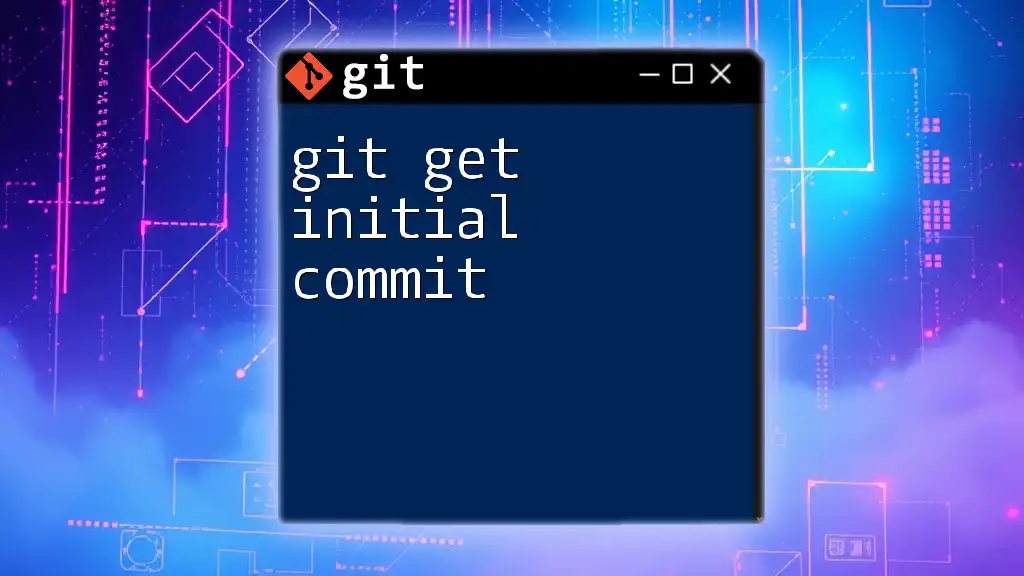
Best Practices for Commit Messages and Author Information
Importance of Clear Commit Messages
Strong commit messages are invaluable. They not only help you recall the purpose of the changes but also assist your teammates in understanding the context of the evolution of the project. Encouraging concise yet descriptive commit messages fosters clearer communication and can significantly streamline development processes.
Setting Up User Information in Git
To ensure that commits are attributed correctly, each user must verify their name and email address in Git. This information is essential for author identification. You can configure this using the following commands:
git config --global user.name "Your Name"
git config --global user.email "your.email@example.com"
These configurations ensure that your identity is accurately recorded with every commit you make.
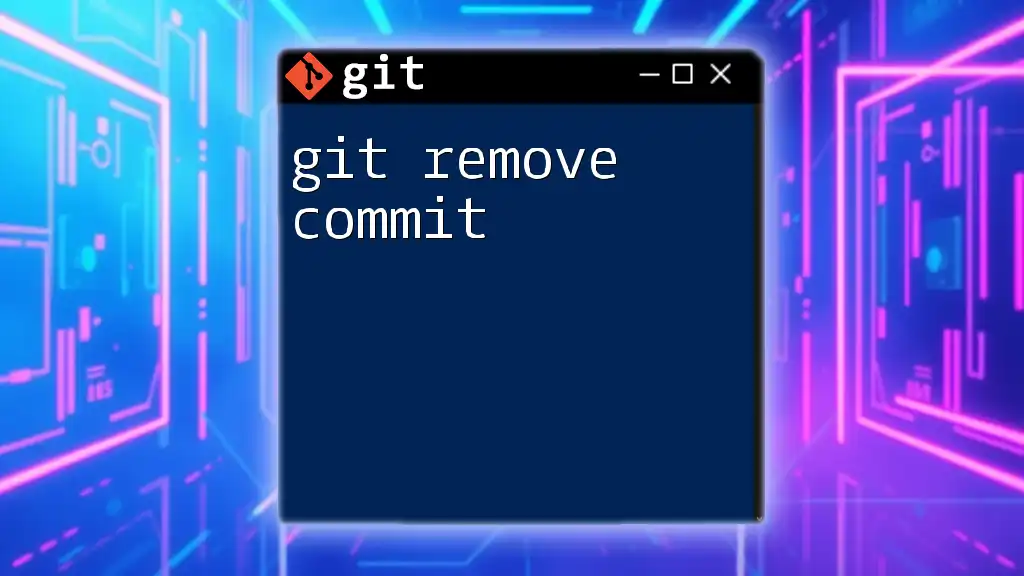
Conclusion
To recap, understanding how to retrieve the author of a commit in Git is crucial for effective version control. The commands discussed—`git log`, `git show`, `git blame`, `git rev-list`, and `git log --author`—equip you with essential tools for navigating commit histories.
By implementing these techniques into your daily workflows, you can enhance accountability, foster collaboration, and maintain a clear project evolution. Embrace these Git capabilities, and take your version control skills to the next level.

